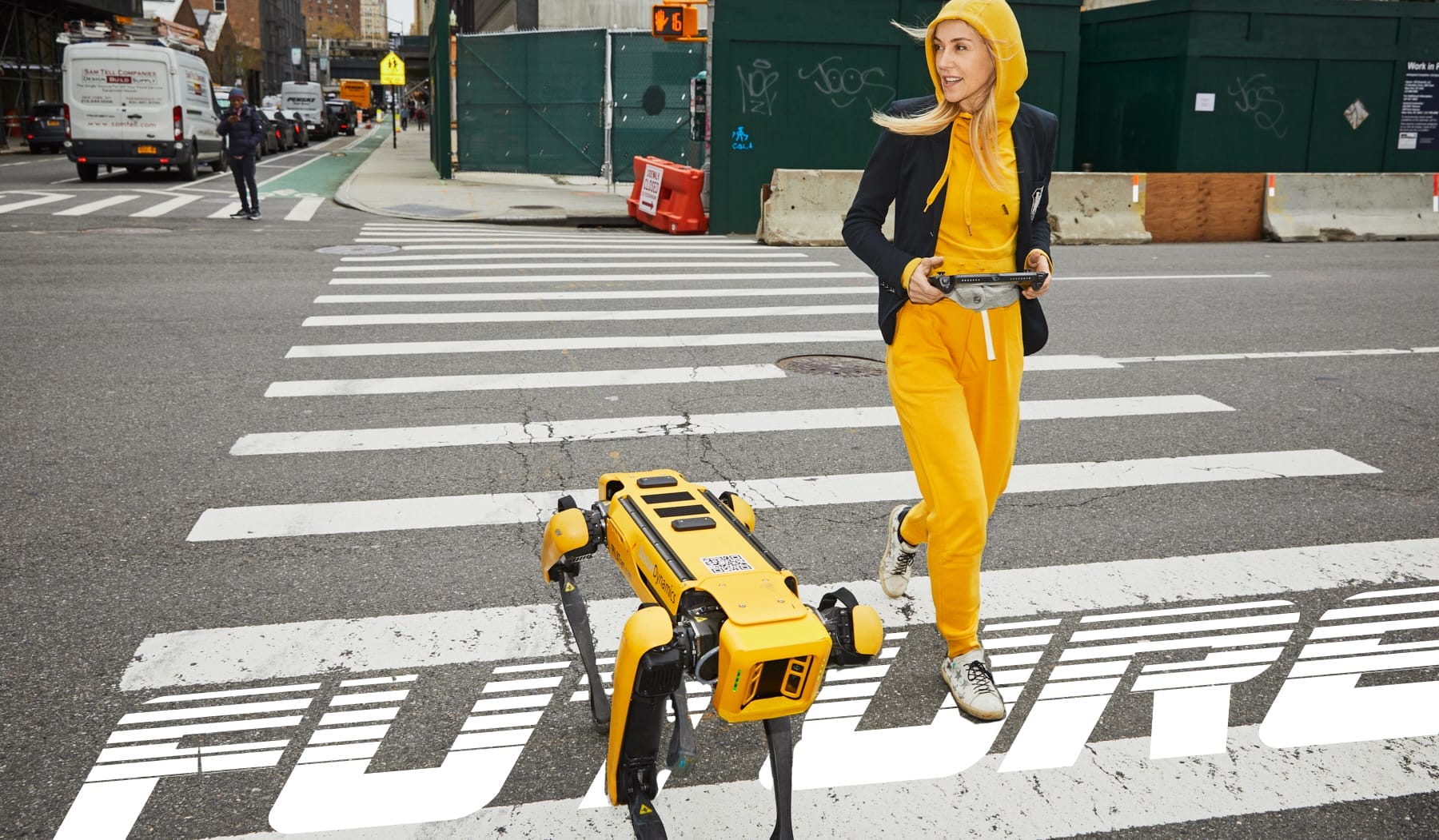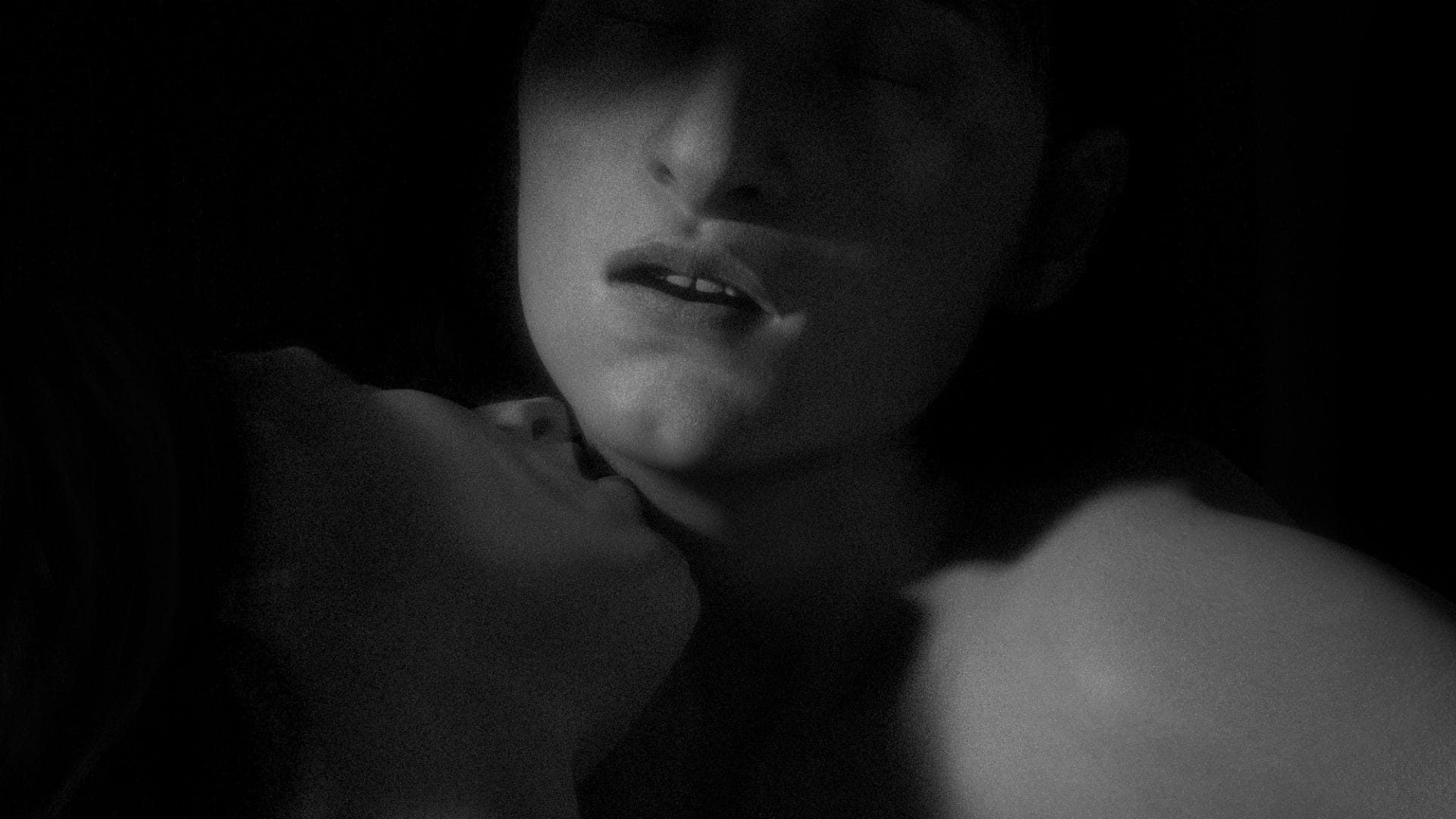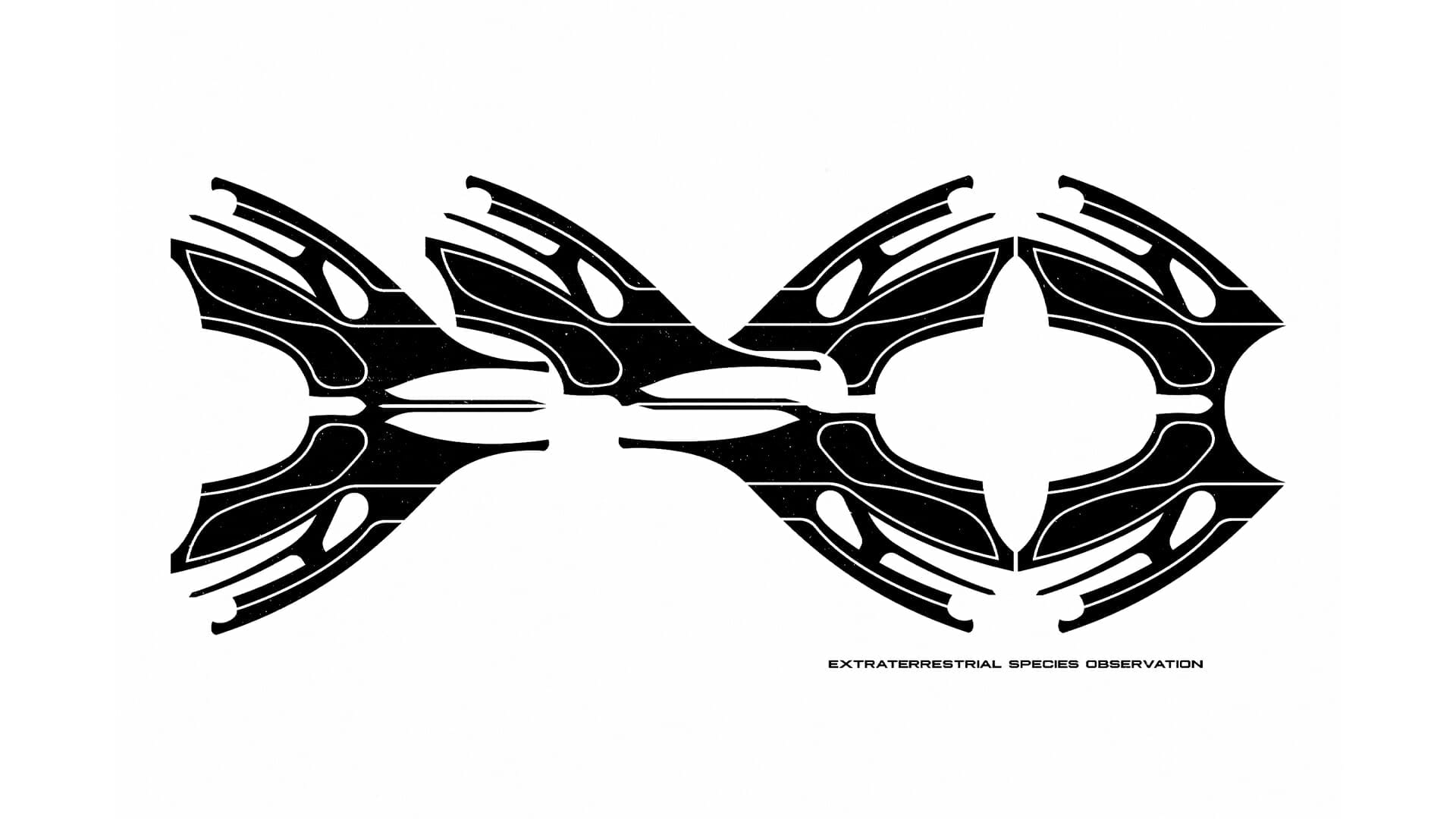
Blessend in Conversation with Fakewhale
Luca Devinu, better known by his pseudonym, Blessend, is a key figure in the contemporary digital art landscape. Born in Sardinia in the early 1990s, he has earned international recognition as an illustrator, designer, and digital artist, particularly acclaimed for his distinctive logo designs.
Read the full Fakewhale Curation
In the face of the digital art scene’s fast-paced diversification and expansion, traditional disciplines like typography are increasingly overshadowed by the magnetic pull of newer mediums. However, Blessend’s journey—from time-tested typography techniques to the dynamic digital art scene—sheds a powerful light on the symbiotic blend of tradition and innovation. Through his creations, he is able to draw attention to the symbiotic connection between symbolism, language, and vivid imagination, immortalizing and preserving this connection thanks to NFT technology.
In today’s art world, where extensive typographical expertise is becoming increasingly rare—particularly in the sphere of NFT-backed creations—Blessend’s commitment and dedication to typography emerges as an invaluable resource.
Rooted deeply in the nuances of letterforms, his artistic practice not only questions prevailing typographic conventions but ingeniously reinvents them, resulting in a versatile and layered medium of artistic expression.
In the following conversation, we explore the confluence of traditional and digital art practices from Blessend’s perspective: from the impact of NFTs on art ownership and the balance with established art norms, to Blessend’s multi-disciplinary collaborations, his passion for typography, and his approach to creating long-lasting art.
Fakewhale: Blessend, your transition from traditional typography to the dynamic realm of digital art is captivating. Could you share your perspective on the synergy between the physical and its digital counterpart?
Blessend: I’ve always found a way to interact with both dimensions. Everything takes place during the process; the first phase almost always occurs on paper, where, years later, I continue to have a special relationship. This interaction allows me to create a unique synergy on both a technical and personal level. I am an obsessive cataloger of my works, so I love observing how the “physical” morphs into the digital for the definitive output.
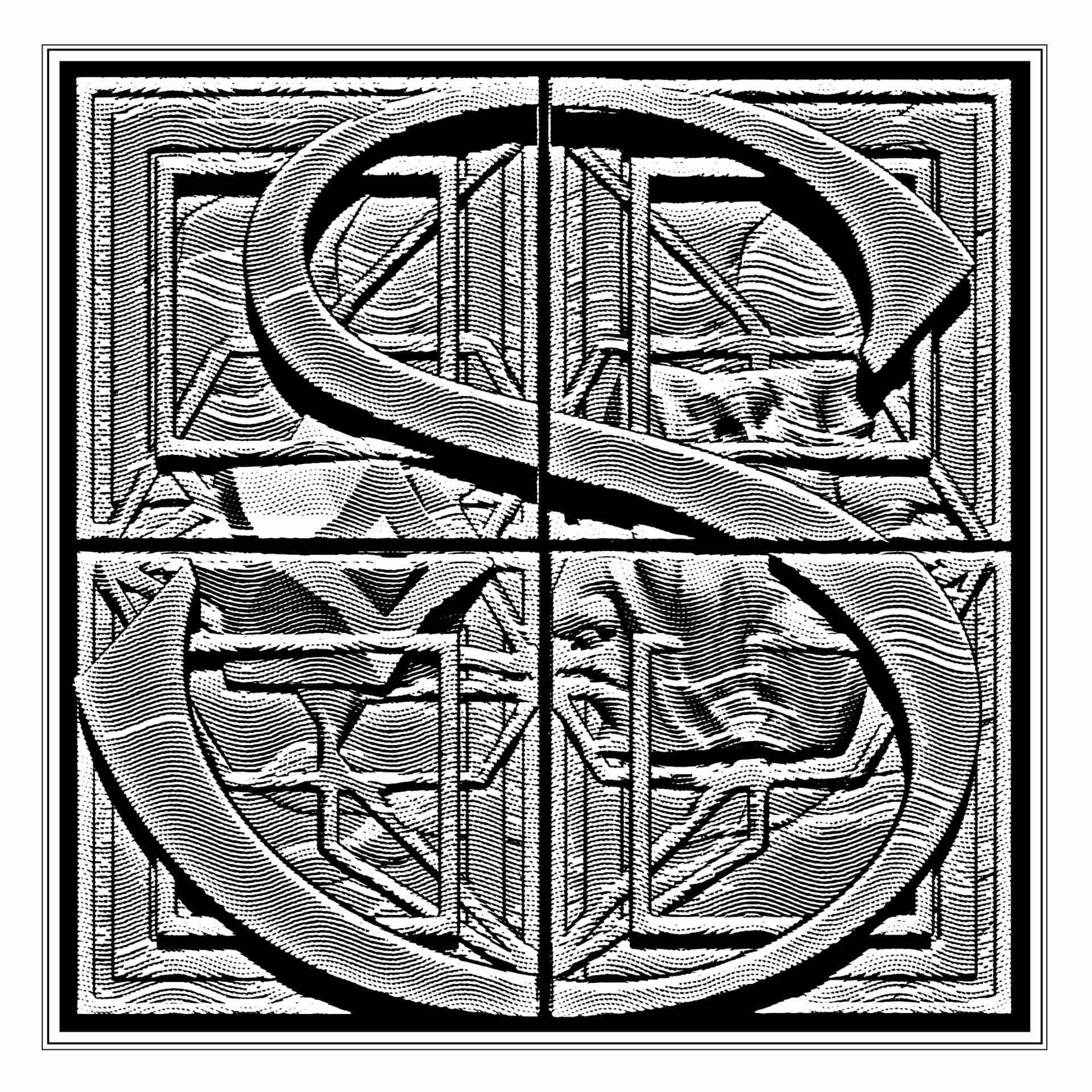
Fakewhale: As you transitioned from illustration to type design and further into the digital space, how have you perceived the changing landscape in terms of networking and career opportunities for digital artists?
Blessend: I firmly believe that any creative who follows their process can’t precisely plan their creative evolution; it’s an inherent part of the journey. From my experience, I’ve been fascinated by medieval lettering while concurrently exploring contemporary typography. Embracing both genres, I constantly search for new ways to approach my works, which are always different. Nowadays, I think it’s relevant to absorb as much as I can and explore any culture, movement and human evolution to refine my vision and perspective towards this discipline. Concerning career opportunities, the digital realm is rapidly evolving. In the years during my growth, adapting was simpler, and the world around me quickly comprehended the trajectory I envisioned for my career, primarily because the industry’s pace matched mine.
Fakewhale: NFT technology has revolutionized art ownership and along with it, recognition. Nevertheless, some traditional giants seem overshadowed in this new era. How do you interpret the juxtaposition of established artists’ reputation in traditional circles versus the NFT realm?
Blessend: I think we are in the early years; even though the NFT space has already positioned itself in the art world, not all artists seek a digital transition, nor understand, or even want to embrace digital ownership. Nevertheless, I believe that both realities can coexist.
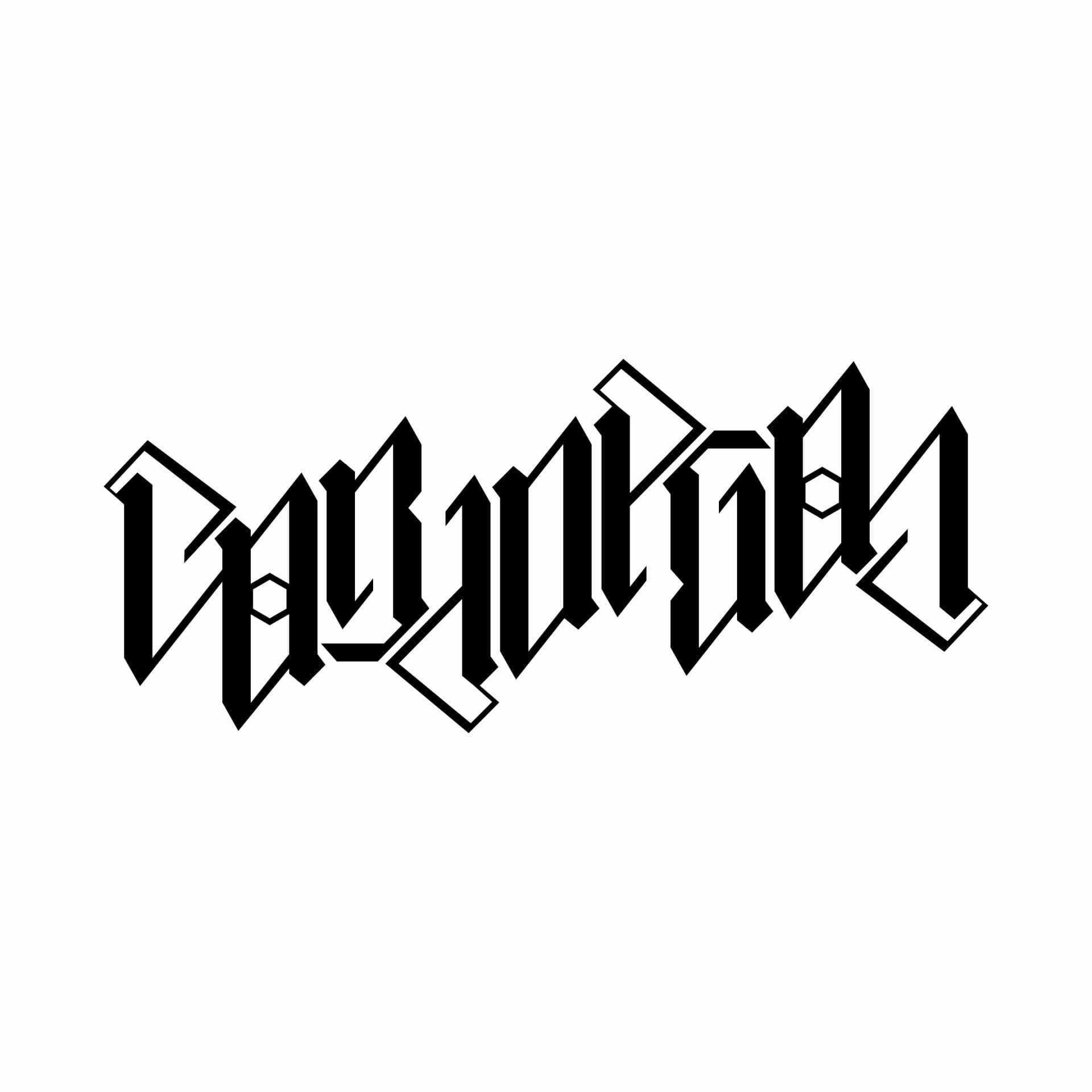
Fakewhale: You’ve worked with international artists like Grimes and Lil Nas X. And from metal bands to high fashion brands like Obnubil, you’ve created a unique space that merges seemingly contrasting aesthetics. How has this blend influenced your perspective on the dichotomy between the traditional and digital worlds, and how has it impacted your recognition in both these spheres?
Blessend: As I mentioned earlier, my work’s output has always been digital, and clients directly perceive this. It doesn’t change the actual impact and recognition but personally, I’m so fascinated by merging the realms of traditional and digital. What I was searching for in my personal works was precisely that — redefining the perspective and almost reversing the process from digital to physical. My latest work, minted on SR called “Sintagma,” is planned to be materialized in the future as a sculpture. Sometimes it’s challenging to carry out a transition within a transition itself, but I love these kinds of challenges.
Fakewhale: In the NFT scene, typographical artists are a rarity, yet you’ve carved out a significant niche with your distinctive approach to typography and title design. How does your deep-rooted passion for letters and typography play into your digital creations? How does your work challenge and elevate the traditional notion of illustration in an environment where typographic artists are still relatively hard to come by?
Blessend: Unfortunately, typography is more than just a rarity in the space, but at the same time, artists who bring it into the NFT realm always evolve it into something greater. My emphasis is on following an artist’s recommendation by Tyler Hobbs on Art Blocks with an incredible artist called Emily Edelman who merges typography with generative art; an approach that I find incredibly interesting. That is, to evolve letters into something more. In my case, it was also the same, but in a different way, as my 1/1 pieces try to merge everything to push lettering into something more contextualized with environments, sculptures and animations as if they were movie intros under my perspective. As far as typography is concerned, I also think that the space is much different from the commission world due to specific requests and different utilities. I think some artists will find the path more challenging, but it will be interesting to see how things work out over the next few years.
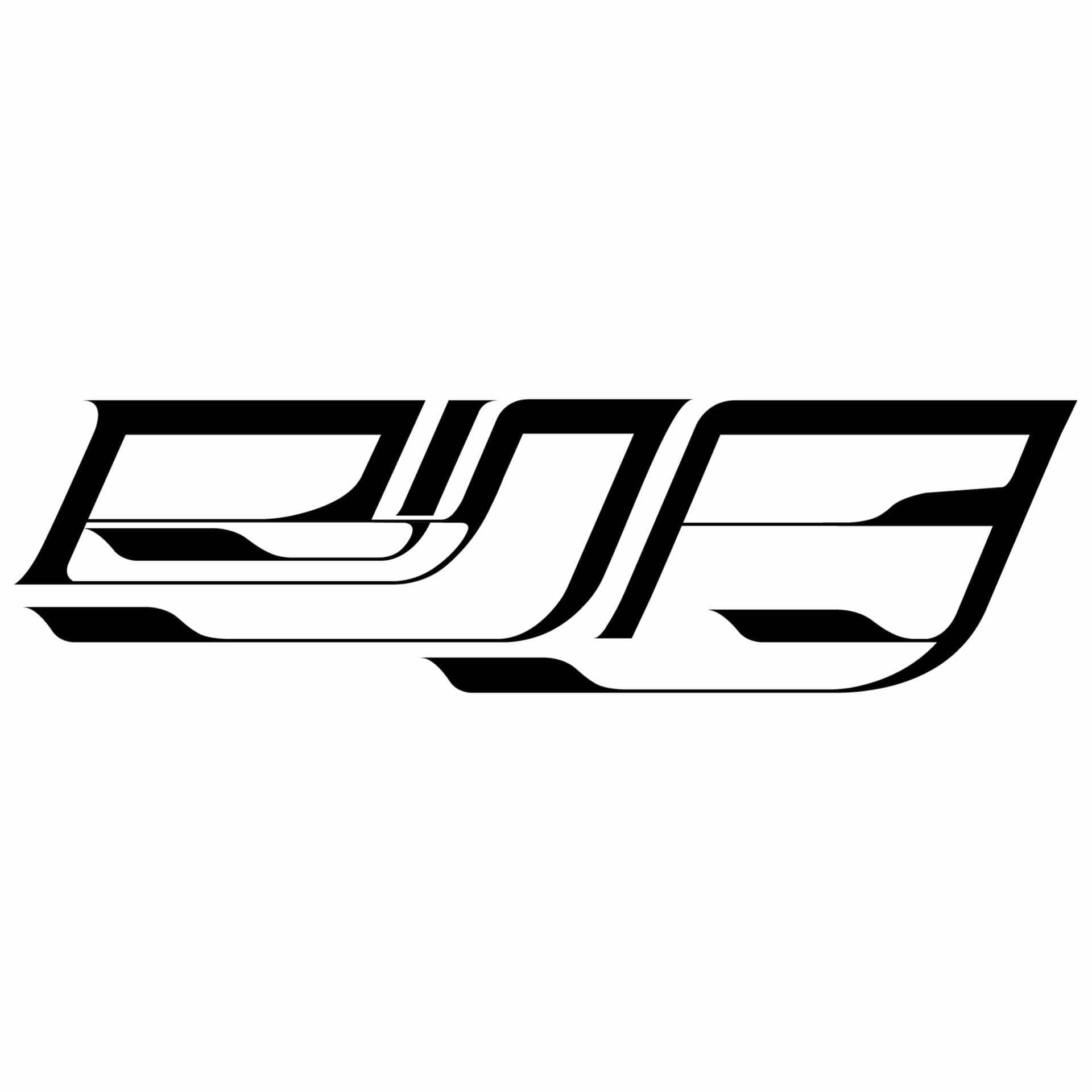
Fakewhale: As an artist rooted in both traditional and digital worlds, how do you view the trajectory of NFTs? Do you have any tips for traditional artists just venturing into this realm?
Blessend: I’m somewhat atypical because I follow my own path, focusing solely on my vision without contemplating the steps for growth. And I believe that quality and uniqueness are essential in every artistic reality, and that people who follow this point of view will always do the best for the work itself, no matter what.
Regarding the trajectory, I don’t think every artist needs to dive in. I prefer to see a creative who approaches the NFT space because it aligns with their own world, free of a trend-centric viewpoint. This mindset enhances the vision and value of the space while somewhat safeguarding collectors from “creative speculators”.
Fakewhale: Your ultimate vision speaks of a legacy transcending time and trends. When creating your creations, what steps do you take to ensure that they become timeless symbols for future generations, while keeping in line with contemporary ethos?
Blessend: This is a good question! I don’t think about it too much because external perspectives are always different, however, I’m sure our generation of designers and artists are leaving some relevant heritage for the next to come. Especially for design, we are in a phase when everything is taken from the past but is infused with a modern output, and I think it’s super interesting because this is our time. I see it as a “nostalgic detailed view” but meant in a positive way and it’s so exciting to imagine how contemporary today will be perceived in 30 years from now.
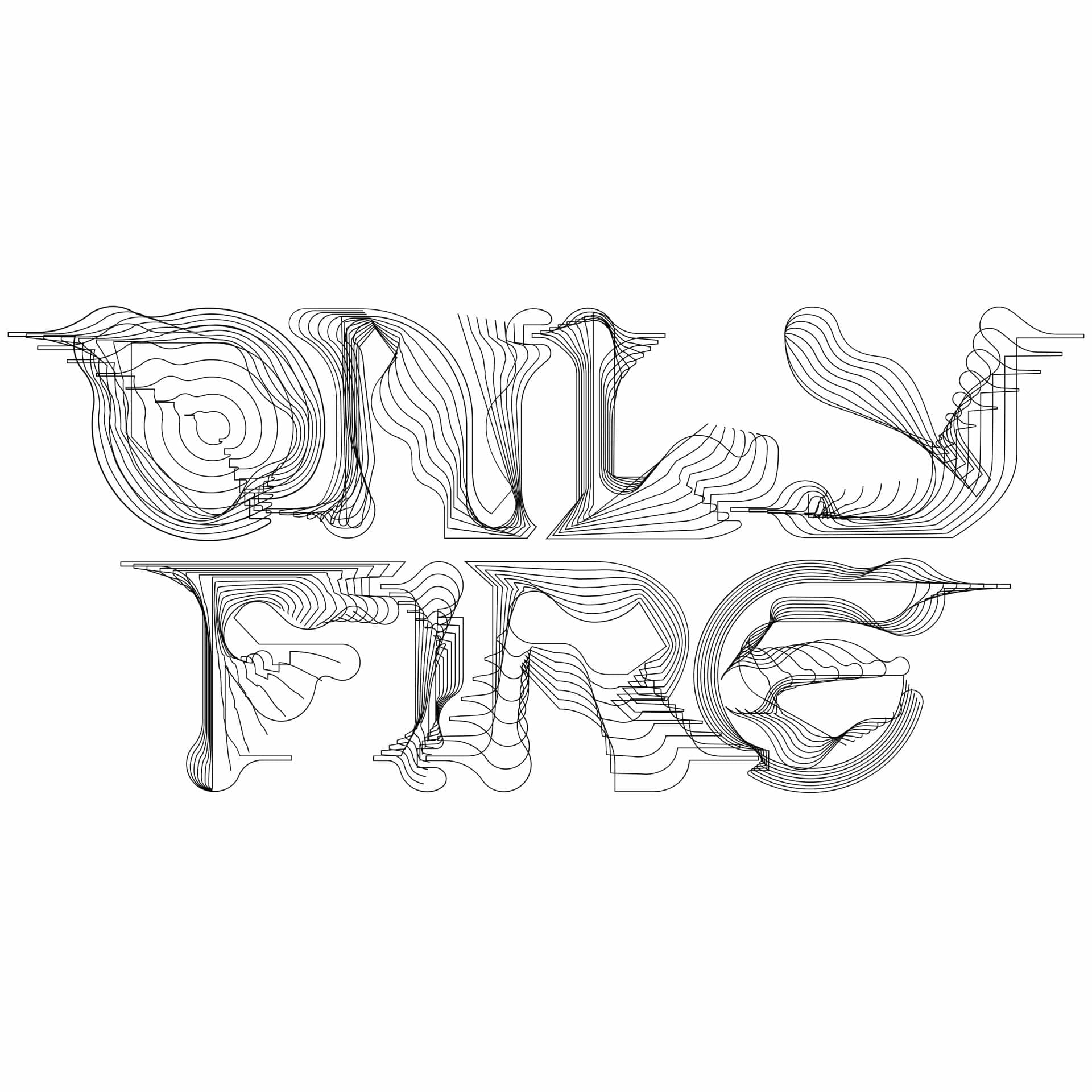
fakewhale
Founded in 2021, Fakewhale advocates the digital art market's evolution. Viewing NFT technology as a container for art, and leveraging the expansive scope of digital culture, Fakewhale strives to shape a new ecosystem in which art and technology become the starting point, rather than the final destination.
You may also like
FW Spotlight: Top Submissions of March
As we move through the works of Sakul, Ramić, and Wolfryd, we find a recurring tension, one that di
Agnieszka Pilat in Conversation with Fakewhale
Agnieszka Pilat is transforming the landscape of digital and robotic art with her innovative approac
Fakewhale Solo Series presents In Your Car by Sasha Katz
On Wednesday, September 11th, Fakewhale proudly presents “In Your Car”, a Fakewhale Solo Series




